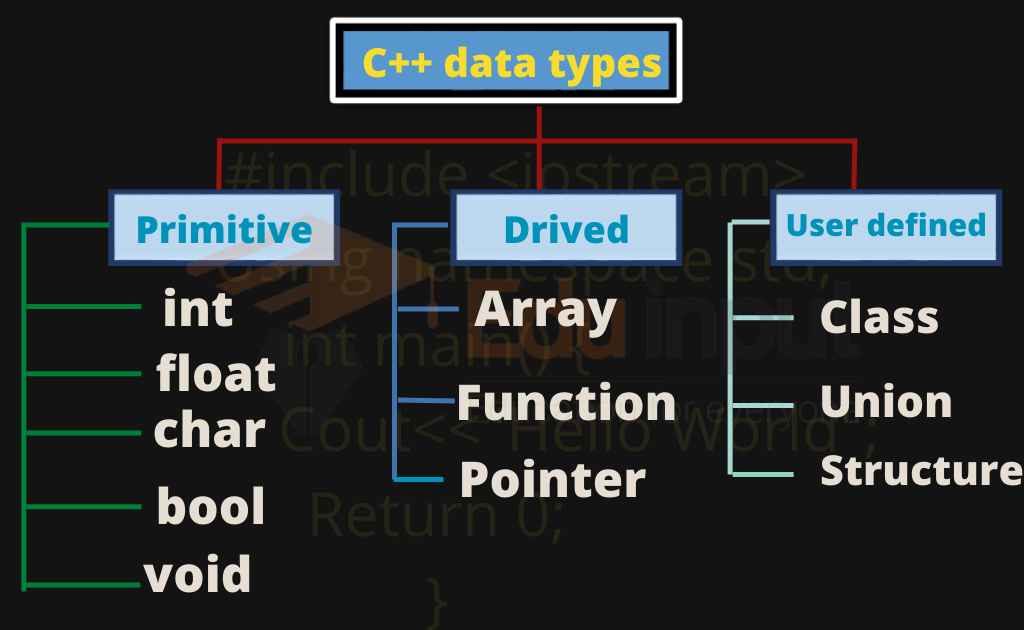Increment and Decrement Operators in C++
Lets discuss the increment and decrement operators in detail
Increment Operator
The incremental operator is used to increase the value of variables by 1. The symbol used for this is ++. It is a unary operator and works with a single variable.
The increment operator cannot increase the value of the constants and expressions. For example A++ and X++ are valid statements but 8++ is an invalid statement. Similarly , (a+b)++ or ++(a+b) are also invalid.
Forms of Increment operator
The increment operator can be used in two forms.
Prefix Form
In prefix form, the increment operator is written before the variable as follows:
++y; this increase the value of variable y by 1.
Postfix Form
In postfix form, the increment operator is written after the variable as follows:
Y++; This increase the value of variable y by 1.
#include <iostream.h>
#include <conio.h>
Void main()
{
clrscr();
Int a, x, y;
a = b = x = y = 0;
a++;
b = a;
++x;
Y = x;
Cout << ” a=”<<a<<endl<<“b = “<< b<< endl;
Cout << ” x=”<<x<<endl<<“y = “<< y<< endl;
Getch();
}
Decrement Operator
The decrement operator is used to decrease the value of a variable by 1. It is denoted by the symbol –. It is a unary operator and works with a single variable.
The decrement operator cannot decrease the value of constant and expression. For example, A++ and X– are valid statements but 1– is an invalid statement. Similarly, (a+)– or–(a+b) are also invalid.
Two forms of decrement operator
The decrement operator can be used in two forms.
Prefix Form
In prefix form, the decrement operator is written before the variable as follows:
–y; This operator decreases the value of variable y by 1.
Postfix Form
In prefix form, the decrement operator is written after the variable as follows:
y–; This operator decreases the value of variable y by 1.
Example
#include <iostream.h>
#include <conio.h>
Void main()
{
clrscr();
Int a, x, y;
a = b = x = y = 0;
a–;
b = a;
–x;
Y = x;
Cout << ” a=”<<a<<endl<<“b = “<< b<< endl;
Cout << ” x=”<<x<<endl<<“y = “<< y<< endl;
Getch();
}
Example
int main()
{
int x = 15 ; int y = 30 ;
— — x ;
y — — ;
cout << x << endl << y ;
}

 written by
written by 





Leave a Reply